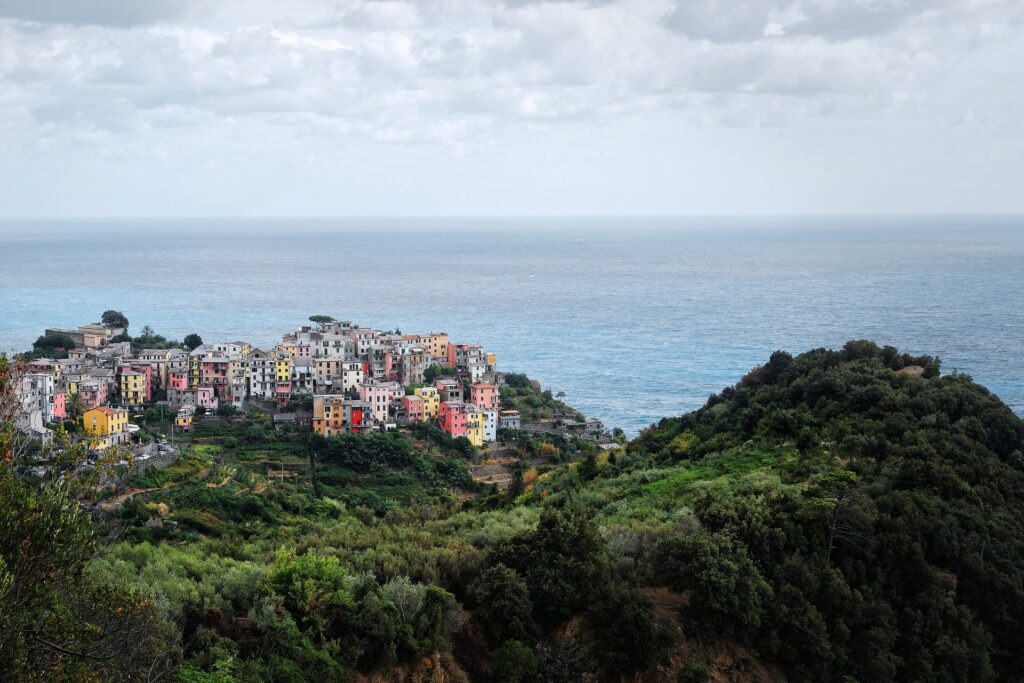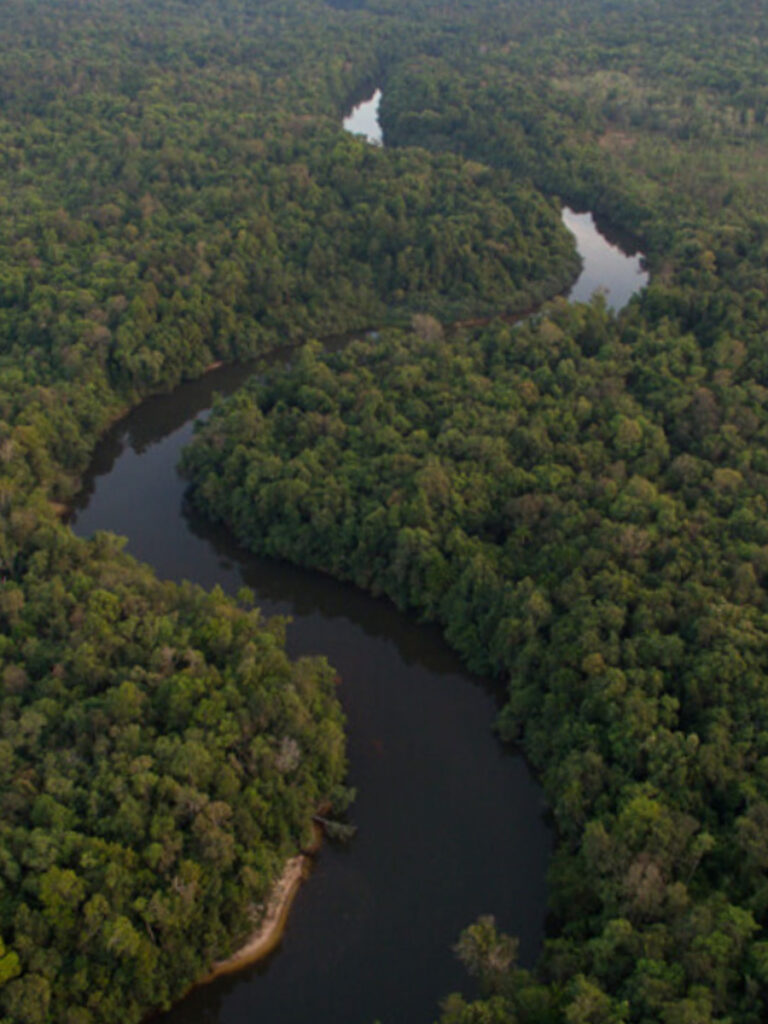Tackling overtourism or reinforcing it?
Paying some kind of tourist tax when you travel to a hotspot is becoming the norm in our industry.
In many tourist destinations, visitors have to pay an additional fee, usually included in their accommodation bill, which is sometimes a fixed percentage of the total bill, as in Austria (3%), Hungary (4%) and Germany (5%), or in the US (17%) where it is much higher than the global average. In most cases the tourist tax is a daily fee that only applies in the peak season, and, in Croatia for example, it costs the visitor only €1.33 per person per night. In France and Italy the rates vary according to the city’s size and its touristic relevance, ranging from €0.20 to €4.00 per night. Barcelona has increases planned for the next two years. From 1st April 2023, the daily tax will rise to €2.75 per person per night, reaching €3.25 per person per night, by the same date in 2024.
However, in some cases the tax is a one-off payment. This is the case in Japan, where tourists pay the equivalent of €8.00 on departure, while in Antigua and Barbuda, it amounts to €45.00. In Bhutan the minimum daily fee is USD$250 in high season, however this usually covers accommodation, food, transport, a guide and entry fees.

Rather than simply discussing the best tourist-tax solution offered, we want to understand what it represents and what it accomplishes.
Although some refer to the measure as a tool to tackle Overtourism, we join those who doubt that the tourist tax is a way to actually stop people from visiting. It seems to be more of an additional form of revenue collection rather than a deterrent to entering a city or country. With travel restrictions practically lifted everywhere in the world, and years of catching up on what are felt like lost holidays, the threat of Overtourism is presenting itself again as a real risk looming over the most popular hotspots.
Covid may have temporarily stemmed the problem, but it certainly hasn’t eliminated it.
Although we consider the tourism tax a profitable way of charging tourism for its cost and potential damage, we should not deceive ourselves into thinking that the tax would be sufficient to curb the flow of tourists. To the contrary, it may even attract more attention to a place. If the tax is not accompanied by additional measures to control and limit the number of entries, the only thing it does is collect additional revenue from tourism.
We are also very interested to see if and how the revenue generates will benefit the local people as well, in one way or another, or at least cover some of the damage and pressures they suffer from the additional movement of visitors? The water tax applied in the Netherlands, for example, seems to be going in this direction.
It feels appropriate that the tax is reinvested in maintaining the tourism infrastructure, as happens in many places, or ‘to take care of the tourists’, as in Thailand; in some parts of Spain, we are seeing encouraging signs that the welfare of local communities is being put at the very centre of the equation.
In Valencia, for example, officials have confirmed that the future tourism tax – coming into effect at the end of 2023, or early 2024 – will support the sustainable development of the sector, as well as invest in the provision of more affordable housing for local inhabitants. We are very curious to see how this will be implemented and if Valencia’s attitude and approach will become a mainstream example, or remain a fortunate exception – only time will tell.
Read the full article on destination tourism taxes.
Nature Positive Tourism
In the last quarter of 2022, the World Travel & Tourism Council (WTTC) in conjunction with Inspire Global Impact Partner Animondial launched a report that introduced an interesting concept in relation to the impact of tourism. The report focuses on ‘nature’ in the context of positive impact tourism.
Why nature? Simply because, as WTTC conveys, ‘travel and tourism is one of six economic sectors with over 80% of its goods and services highly dependent on nature’. As we have shown on other occasions, nature can be considered the industry’s biggest asset, but one which needs additional care, because it is so often dramatically affected by the very same sector’s way of functioning.
An interesting thought arises with regard to the language used by the report. It talks about leaving a positive trace, which reminds us of the idea that it is not possible to leave no trace – a catchy invitation that became trendy a few years ago, but that honestly felt more like a guilt-free slogan for tourists to try to reach, but that in reality would never be achieved.
However, if we accept that when we travel, we leave some sort of trace (the food we consume, the transport we use, the water we consume, etc.) the question then becomes what kind of trace (read: impact) do we consciously decide to leave in the places where we travel and operate?
A simple question that opens up a universe of possibilities.

Of all the goals set by the report, the invitation to collaborate with local communities seems to us to be the most innovative and, we would add, crucial to their task. Working with local communities, finally recognised and acclaimed as the legitimate guardians of the natural environment, is undoubtedly a central key to positive-impact travel, especially with regard to nature.
In fact, these guardians can provide us with a deeper understanding of the local biodiversity and knowledge of the indigenous flora and fauna currently endangered. They can also address both the positive and the negative connections with tourism, allowing more solutions to be found and in a more efficient way.
Creating equal partnerships with local communities means that we can directly access and support initiatives that might already be in place at the grassroots level. We can use these to enhance existing efforts, rather than reinventing the wheel every time we approach a territory, so that the trace we leave can be deeply rooted and substantially positive.
Are we ready to reach out to local communities and assist their constant work to protect nature?
Get your copy of the WTTC Report.
Read the full article by Euronews.
Watching Cambodian Gibbons Smile
Inspired by Costa Rican achievements, Cambodia is looking at its own forests and wildernesses with a renewed sustainable approach.
Apparently, the halt that the Covid-19 pandemic imposed on the country’s tourism flow helped the government to realise that renewed inward attention was needed. Observing the forest and its wildlife thriving again was probably a moment of reflection that led to a series of projects and programmes, like the Sustainable Landscape and Ecotourism Project funded by the World Bank that is planned to run until 2025.

An anti-poaching initiative in Mondulkiri Province runs parallel to other programmes, such as the plan to reintroduce Indian tigers into the wild forest of the Cardamom mountains in the South Western region, where they have been extinct since 2007.
The global tourism standstill prompted the protection of the ecosystem, and the rewilding programme in place aims to protect all forest animals, including elephants, hornbills and gibbons, which seem to have been growing in number recently. Constructive reflection might be moving the country to the rank of a responsible tourism destination.
But most importantly, we would like to celebrate the country’s investment in what is known as ‘ecotourism’, which has been achieved, according to the author, by investing in the welfare of the local people.
This a project that we would like to observe and monitor over time, so we can notice their achievements and celebrate their successes.
In any case, their new actions seem to have already started new kinds of relationships.
In 2021, for example, a buffer zone was created ‘ostensibly to redistribute land to locals on a small, sustainable scale’. A camp, the Cardamom Tented Camp, was built on that territory and whose motto clearly states ‘Your stay keeps the forest standing’.
The Cardamom mountains seem to be ‘the last refuge for many species of flora and fauna that have largely disappeared from mainland Southeast Asia’, and this offers an incredible opportunity to rebuild the country’s image from the grassroots level up, starting with a different set of values, which are more nature centred.
And having visited the two largest cities with their historical and cultural heritage and the largest religious monuments in the world at Angkor Wat, visitors can now also enjoy a unique tourism experience in the wilderness, conscious of the positive contribution that their trip represents.
And we believe that while watching the Cambodian gibbon hanging playfully from the branches – imagining that they are smiling while enjoying their freedom in an environment whose value is being newly appreciated – the visitors will smile contentedly too. They know that with their journey, they are actively supporting environmental conservation efforts, transforming tourism into a tool for positive impact, as has already happened in Costa Rica and Rwanda.
So, stretching from Latin America to Southern East Asia, and passing through the African continent, we would like to believe that we are witnessing the rise of a new model of conservation where nature and the local communities are the gravitational centres around which responsible tourism practices are built, for current and future generations.
Read the full report from Alex Robinson.



Recent Posts
Categories